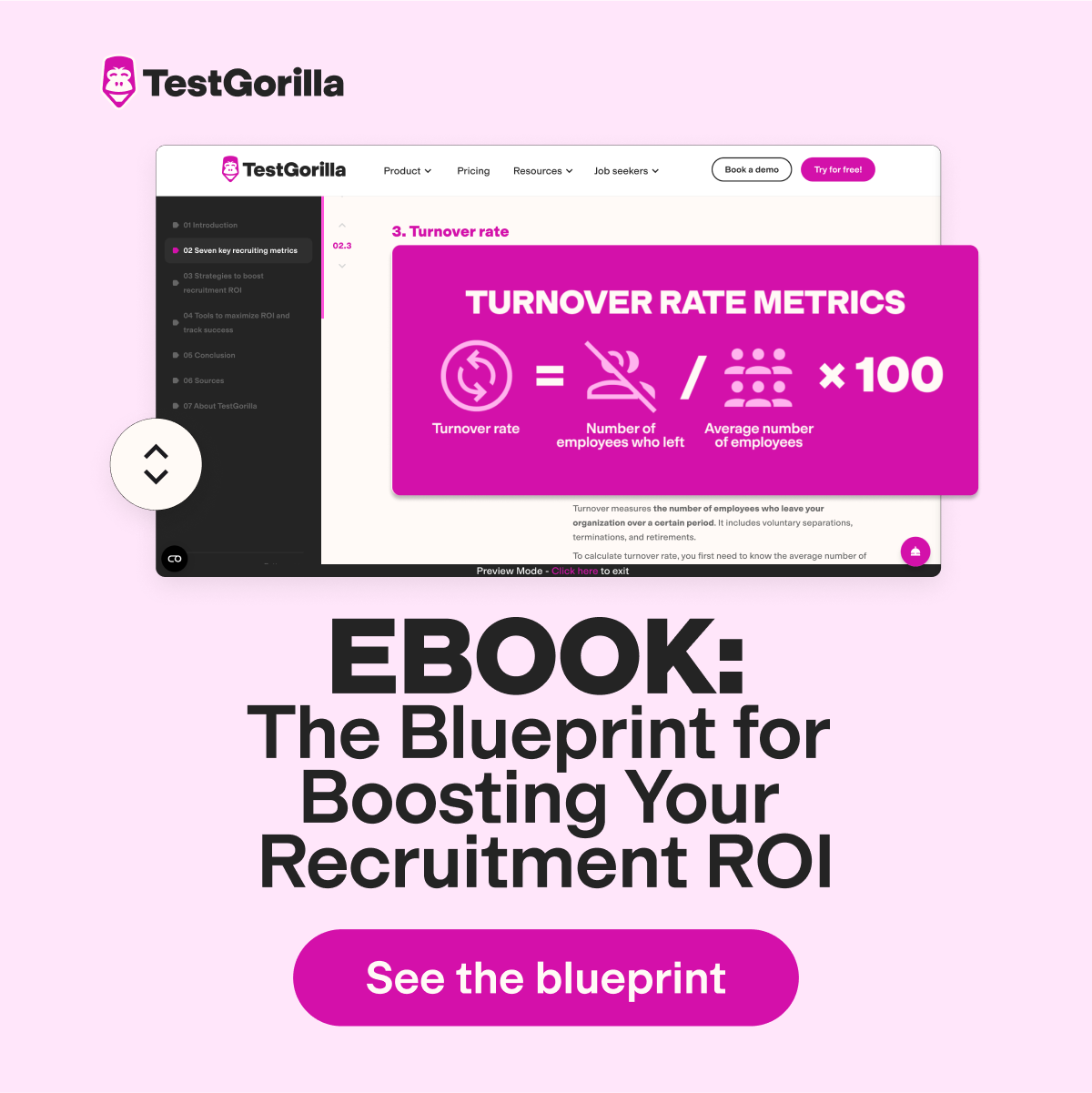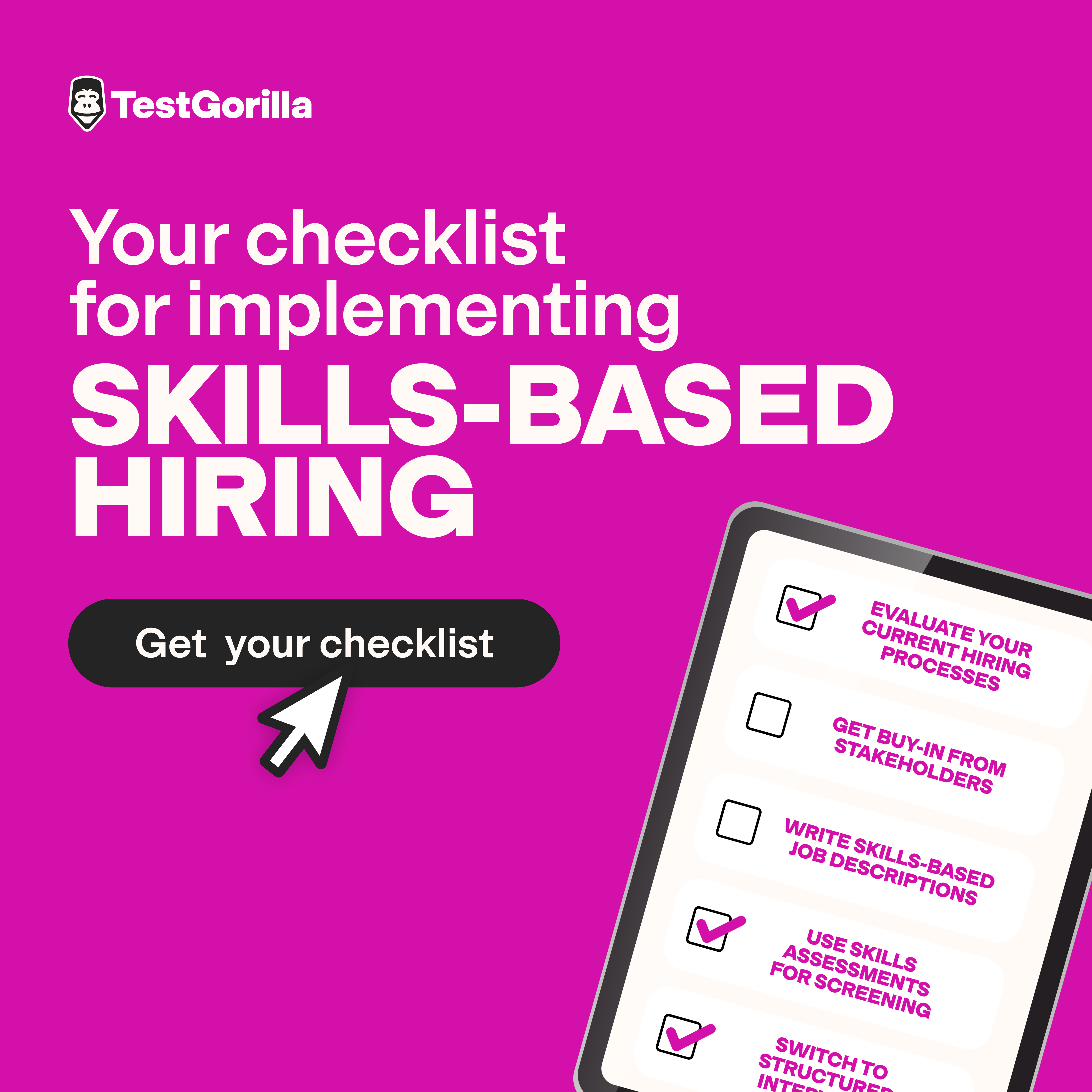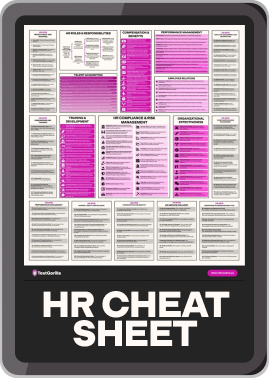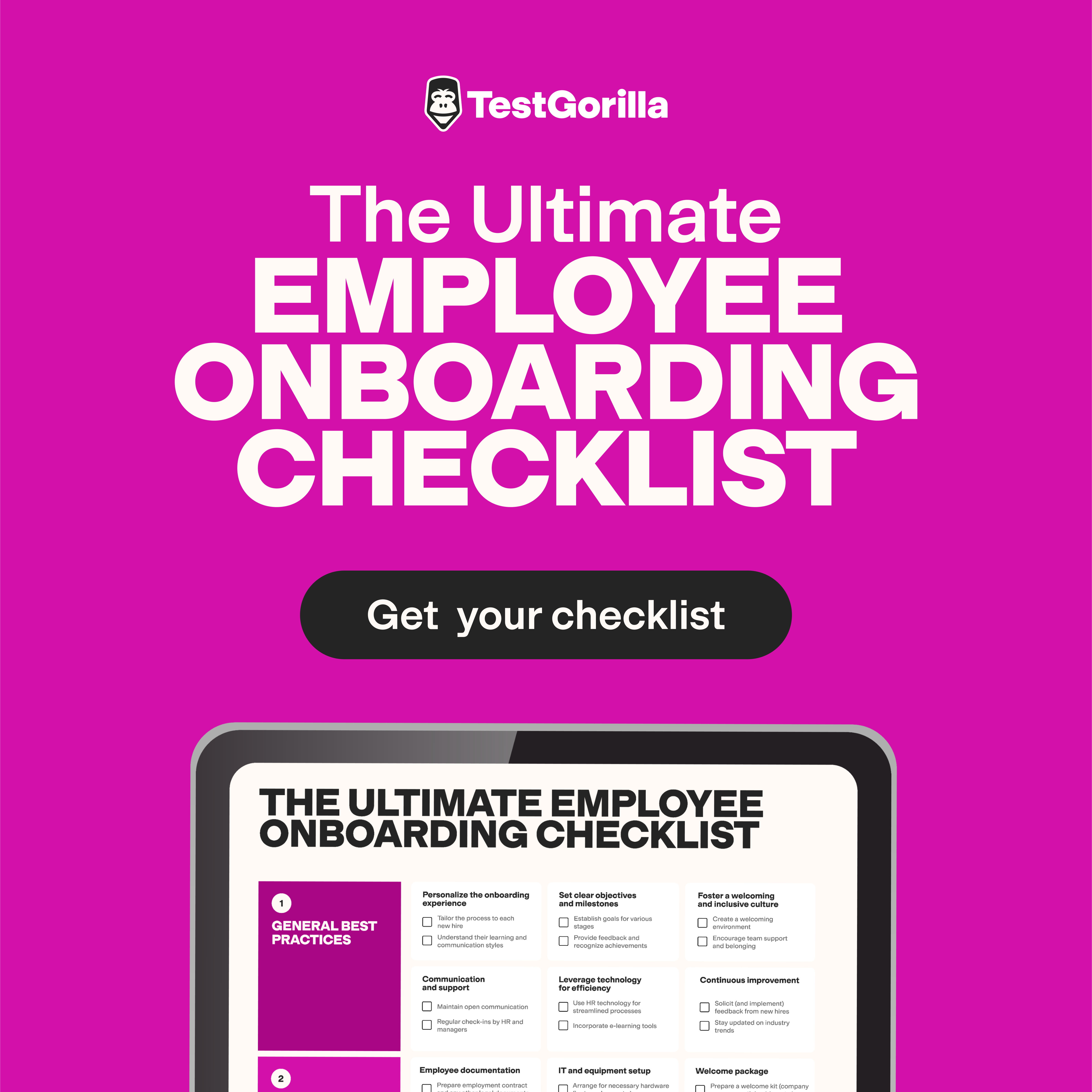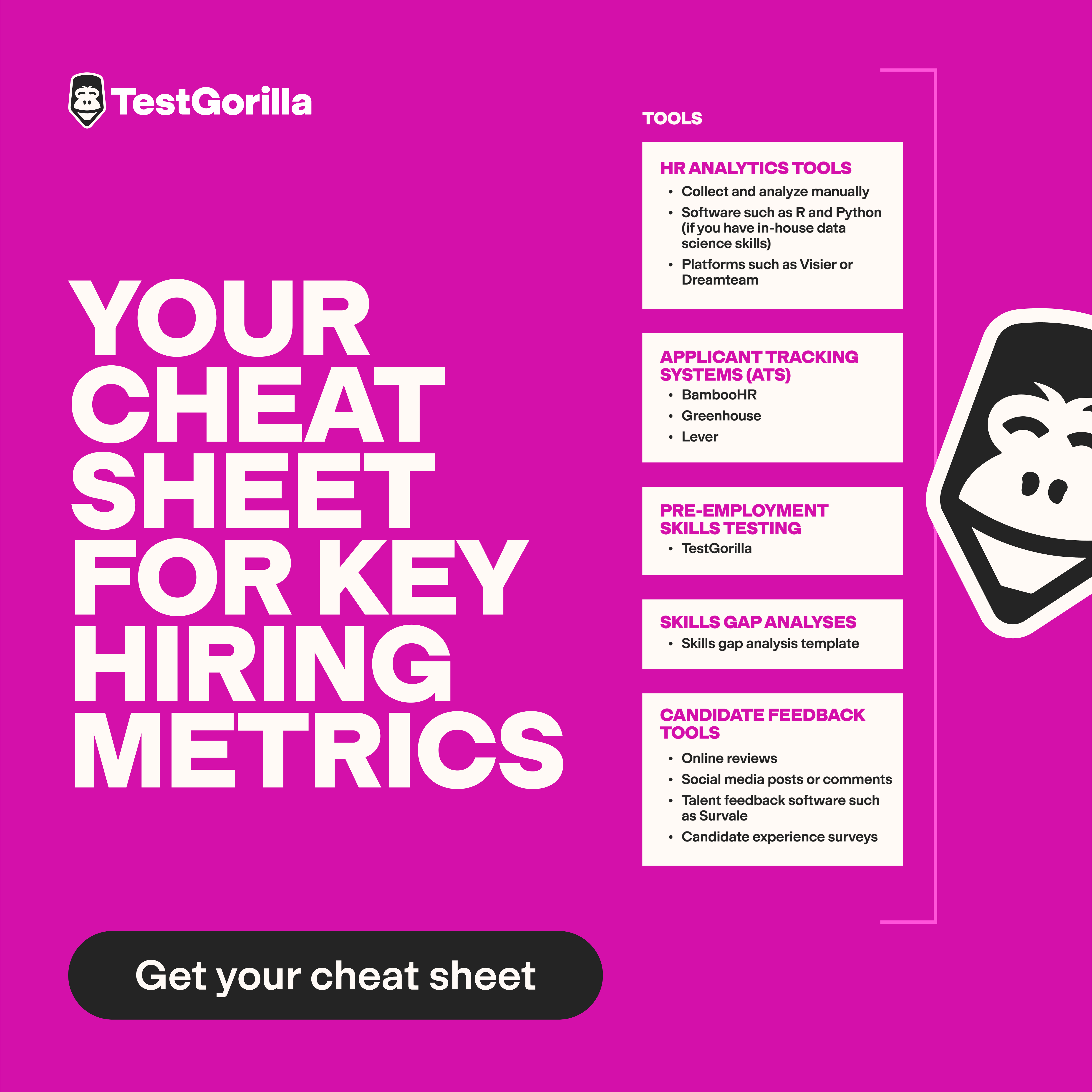Executive assistants, executive administrative assistants, and executive secretaries: three different names for a role that’s essentially the backbone of an organization.
Executive assistants act as trusted partners to the professionals they support – ensuring everything is on schedule, organized, and functioning smoothly behind the scenes.
But knowing what to pay these administrative pros can be tricky. How can you be sure your proposed salary is competitive while aligning with your budget?
Keep reading – this guide has everything you need to know!
How we researched this topic
We primarily used information on the Bureau of Labor Statistics’s (BLS) website, a trusted source for data on job roles, salaries, and industry trends. If we couldn’t find key information there, we looked on sites like Zippa, Talent.com, and Salary.com.
These websites help provide a real-world overview of the job market. They offer insights into trends and salary ranges that the BLS may not provide, making them a great resource for comprehensive articles like this.
Key takeaways
The average executive assistant in the US earns around $73,680.
Executive assistants in entry-level positions (0-2 years) earn between $51,000 and $80,000, while experienced, top earners can take home over $104,000.
Salary varies greatly based on experience, skills, geography, and industry.
The best insights on HR and recruitment, delivered to your inbox.
Biweekly updates. No spam. Unsubscribe any time.
National salary statistics for executive assistants
Pay metric | Annual salary (USD) | Hourly wage (USD) |
Median | $70,310 | $33.80 |
Mean | $73,680 | $35.42 |
Top 10% earners | $104,000 | $50.00 |
Bottom 10% earners | $45,910 | $22.07 |
Median salary vs. mean salary
The mean salary is the average salary of all executive assistants in the US. It’s calculated by adding the total salaries of all executive assistants and dividing that figure by the total number of salaries. The mean can be skewed by outliers – a handful of extremely high or low salaries – which might not reflect what most people in the role are earning.
On the other hand, the median salary is the direct mid-point of all salaries arranged from smallest to largest. Half of people will earn more than the median salary, and half will earn less. Since super high or low salaries don’t sway it, the median better indicates what people actually earn.
Factors influencing salaries
Various factors can influence an executive assistant’s earnings. These include:
Geographic location. The average salary in high-cost-of-living areas like New York or California is $72,435, while in low-cost-of-living areas like South Dakota and Kentucky, it’s $35,065.
Industry. Due to their fast-paced and competitive nature, industries like media streaming services and computer manufacturers have a higher demand for executive assistants. More budget-conscious and resource-limited industries, such as the public sector, offer lower salaries.
Experience level. Naturally, a more experienced executive assistant can demand a higher salary than someone with less experience.
Responsibilities and skills required. Skills and scope of duties are key to an executive assistant’s salary. For example, an executive assistant who has worked closely with a Fortune 500 CEO, planned large-scale parties and conferences, and managed high-stakes projects with tight deadlines will typically earn more than an executive assistant who focuses solely on routine administrative tasks.
Interestingly, we found that education and certifications don’t significantly impact an executive assistant's salary. Although a general education diploma (GED) or high school diploma is expected of executive assistants, we found little difference in the salaries of those with bachelor’s, master’s, or doctoral degrees.
Geographic pay variations
5 highest-paying states
The dark spots on the map indicate the highest salaries for executive assistants by area. These areas have an annual mean wage of $71,420-$86,300:
California (CA)
District of Columbia (DC)
New York (NY)
Connecticut (CT)
New Jersey (NJ)
5 lowest-paying states
The lowest salaries, on the other hand, are denoted by the lighter colors. The five states with the lowest average salaries, between $37,860 and $59,500, are:
South Dakota
Mississippi
Louisiana
Oklahoma
Kentucky
Industry-specific pay data
Executive assistant salaries can vary a lot depending on the industry.
Higher-paying industries
Industry | Average hourly pay (USD) | Average annual salary (USD) |
Media streaming distribution services, social networks, and other media networks and content providers | $57.67 | $119,960 |
Web search portals, libraries, archives, and other information services | $57.11 | $118,780 |
Computer and peripheral equipment manufacturing | $51.40 | $106,910 |
Software publishers | $49.20 | $102,330 |
Computing infrastructure providers, data processing, web hosting, and related services | $45.15 | $93,900 |
Lower-paying industries
Data for lower-paying industries is a little trickier to find. Generally, these industries include:
Colleges, universities, and professional schools: $66,060
State government (excluding schools and hospitals): $64,150
Local government (excluding schools and hospitals): $71,950
Grantmaking and giving services: $71,290
Why the salary differences?
Sector. The public vs. private sector considerably impacts the salary offered to executive assistants. The public sector tends to be more budget-conscious since it’s publicly funded. As a result, it can’t always provide the competitive salary that the profits-focused private sector can.
Competition. Competition for roles has a big impact on salary, too. High-demand industries like tech, media streaming, and software publishers compete fiercely to attract top talent, which drives salaries higher. In less competitive industries, where there’s a larger pool of candidates or fewer unique skills required, salaries tend to be lower.
Organization size. In large organizations, an executive assistant may support several department heads or CEOs, making their job more complex and their pay higher. While this may also be true in smaller organizations, the scale and resources of larger organizations make the difference.
Workload. For example, executive assistant positions that involve managing large-scale projects, making strategic decisions, or working closely with C-suite executives tend to command higher pay than roles with more routine or administrative responsibilities.
Pay by experience and education
Average annual wage by years of experience
Entry-level (0-1 years): $51,000-$80,000
Junior level (1-3 years): $54,000-$85,000
Experienced (4-6 years): $57,000-$90,000
Senior (7+ years): $58,000-$93,000
Education and certifications
Education isn’t the be-all and end-all when it comes to executive assistants. Although a GED or high school diploma is usually expected, we couldn’t find any evidence to suggest that salaries increase with the level of education or number of qualifications/certifications an executive assistant has.
If you’re keen on seeing qualifications when hiring an executive assistant, you may consider looking for a candidate with:
A certification in Excel
A certification in administration
A certification in office administration
A degree or certification in events management
Benefits beyond salary
Of course, pay is only one piece of the puzzle when it comes to attracting and retaining talent. In fact, more than 80% of employees would choose additional benefits over a pay rise!
This highlights the importance of offering your executive assistant a robust benefits package. You may want to include:
Health insurance. Most employers offer health insurance as a non-salaried perk. However, to attract top-dollar executive assistants, consider offering premium health insurance plans that cover vision, dental, hearing tests, and mental health support. A comprehensive package shows that you’re invested in their well-being and can be a big draw for stellar candidates.
Retirement plans. Retirement plans like 401(k)s and other pension schemes are critical for your forward-thinking executive assistants. If possible, offer a range of retirement packages and hold office hours with your HR team where employees (including executive assistants) can ask questions about their options.
Exciting projects. Conferences, awards ceremonies, and other high-profile events can be exciting parts of an executive assistant’s role. The opportunity to get involved in these projects and flex their organizational skills will boost their confidence and job satisfaction and reinforce their value to your company.
Access to C-suite professionals and executives. Close contact with C-suite-level professionals (e.g., the CEO, CFO, COO, etc.) can be a major perk of being an executive assistant. It offers unique networking opportunities and insights into how they think, communicate, and their decision-making processes, which can help assistants operate at a higher level. These connections can also open doors to future career advancements or even mentorship opportunities that are less accessible in other roles.
Flexible working. The dynamic nature of being an executive assistant means they may work long hours, spend time away from home, and juggle multiple high-priority tasks at once. Flexible working options, such as the ability to work remotely on certain days or adjust their hours, can help them maintain a better work-life balance.
Level up your hiring process with talent assessments
As long as we need CEOs and high-level executives, we’ll need executive assistants. But finding a great executive assistant and then figuring out how much to pay them can be a minefield. There are many factors to consider – from location to industry, skills, and experience.
Incorporating talent assessments into your hiring process can make all the difference. These help you objectively evaluate a candidate’s organizational, communication, and problem-solving skills, ensuring you find the right fit for the role.
TestGorilla is the ideal solution. With more than 400+ tests in our library, finding the perfect pre-employment tests for your open roles is easy. Plus, you can combine up to five tests to create a custom assessment that targets the exact skills and traits you want to evaluate.
We recommend using these executive assistant tests in your assessments:
Executive assistant test
Computer literacy (PC) test
Communication skills test
Attention to detail (textual) test
Sign up for your free TestGorilla account or register for a free TestGorilla demo today.
FAQs
What’s the difference between a personal assistant and an executive assistant?
A personal assistant typically focuses more on administrative tasks like scheduling meetings, booking rooms, and managing travel arrangements.
An executive assistant, on the other hand, is a trusted partner to an executive who handles higher-level responsibilities like managing strategic projects, approving communications, and acting as a gatekeeper to their diary.
Do executive assistants get bonuses?
Sometimes, yes. For example, an executive assistant will likely receive a bonus if their company offers organization-wide bonuses.
If you’re an executive assistant and unsure whether you’ll receive a bonus, check your company policy or speak with your HR team.
You've scrolled this far
Why not try TestGorilla for free, and see what happens when you put skills first.











